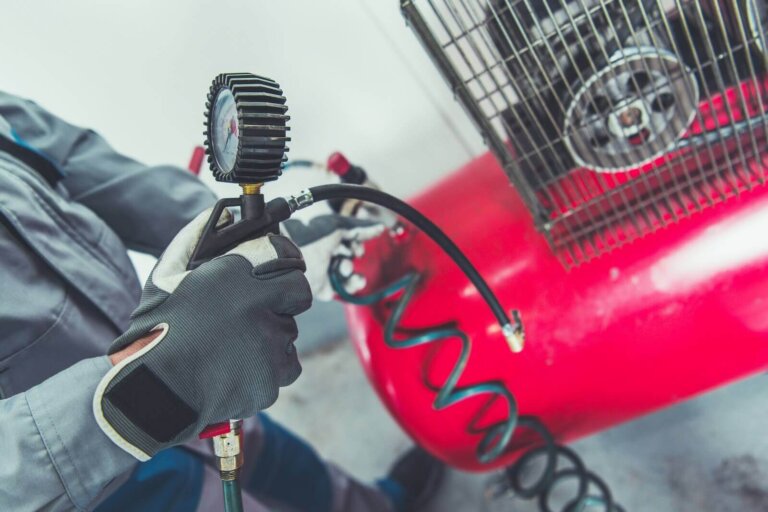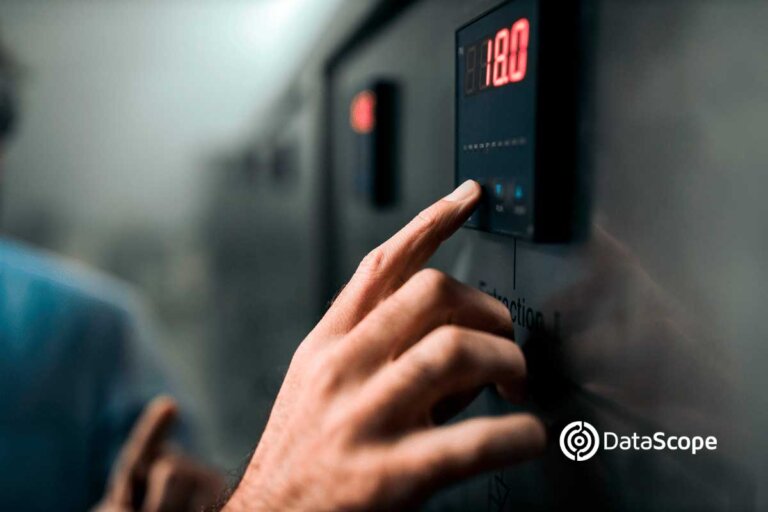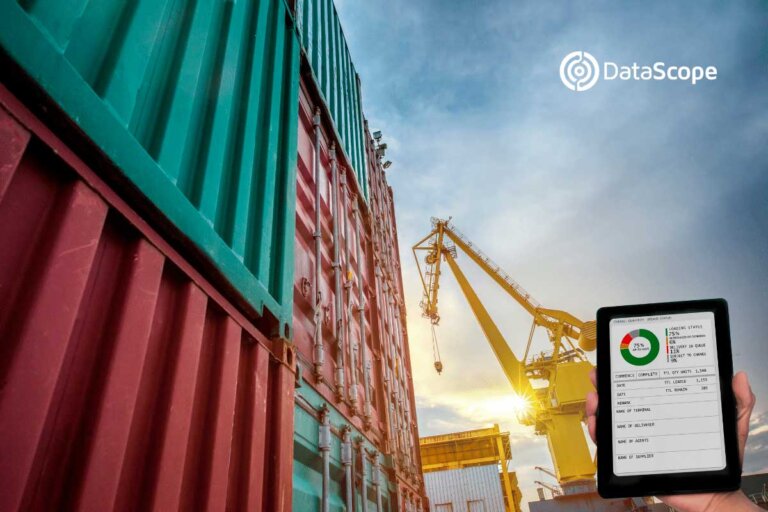Industrial maintenance is a key stage in any production process. As we know, producing the most goods and services with the least amount of resources is a mantra for the business world, so this equation largely sums up the goal to be achieved. And in this equation, productivity plays a fundamental role, even in the industrial maintenance stage, as we will see below.
In general terms, productivity can be understood as the relationship between productive activity and the means necessary to achieve it. These means can be technological, human or infrastructure type. And if we talk about industrial maintenance, we have to understand how this relationship with productivity occurs in order to achieve the best levels of efficiency in a world where results are the key to success.
Factors that define the importance of productivity
Assuming the definition of productivity made earlier, it is important to understand it as an indicator of efficiency. And the reason is its usefulness to relate the amount of resources that we must use with the amount that we manage to produce with them.
Another factor to consider is the direct relationship that productivity has with the continuous improvement of quality management systems. This is because the latter allow preventing quality defects in a product, as well as improving the general internal quality standards of a company, without reaching the end user.
When analyzing productivity, it is also important to identify three factors that can influence it:
- Internal factors – they are those who depend on the company and include aspects over which the company has influence. Some examples that we can mention are the manufacturing processes, the quality of the product or service, the production circuits and their organization, administrative issues and human resource management.
- Talent management – related to internal aspects, it refers to the most important asset of a company, its human capital. The way in which the people who work in a company are managed can benefit or harm an organization. The level of satisfaction or motivation of the group can have a direct impact on the productivity of the organization.
- External factors – are all the aspects that do not depend on the company. In other words, everything beyond your control. Some common examples are different government regulations or laws, competitors and market demand.
Productivity and industrial maintenance: a strategic alliance
Productivity, the main objective of any company, should not suffer interruptions. However, these can occur when machines, technology and human resources are involved. What to do then?
The key is in maintenance and how it is managed. A successful maintenance management is one that prioritizes productivity, configuring a strategy that aims to achieve optimal levels of asset availability, avoiding the reduction of production resources at all costs.
Therefore, the relationship between the result of the maintenance process management (reliability rates) and the resources used will lead to higher or lower productivity.
How to manage the productivity rates in industrial maintenance?
There is a direct link between productivity rates in industrial maintenance with the performance of the machines, people and materials that are involved in the process. Thanks to it, all maintenance work has to be adapted to certain standards planned and defined in advance.
Constant improvement is also a decisive factor when it comes to taking care of the performance of these machines, people and materials, so productivity rates in industrial maintenance are essential for the following:
- They represent a security standard to maintain and increase the productivity of a company.
- They ensure proper operation of the machines and facilities that are part of the production process and that are key to increasing productivity.
- They allow greater production, using the same workforce, but increasing the levels of capacity and quality.
- Successful resource management generates interest from institutions, regulators, and government agencies that could help drive the business forward.
- They allow an efficient response to market pressures in terms of return on capital.
How to measure productivity rates in industrial management?
In times of digitization, any measurement we want to make is inevitably associated with technology. Productivity and maintenance rates are no exception, and that is where the support of software comes into play; they allow you to manage a wide range of tasks and monitor productivity, collecting specific metrics and carrying out follow-ups.
Applications developed specifically for the management of industrial maintenance can be built according to the specific needs of each company and allow working with sensitive data to measure and improve productivity. Among the tasks that can be monitored are routine activities, systematic maintenance, and other less frequent ones.
MPF Factor
The Maintenance Productivity Factor (MPF) is a specific metric for this type of task and is essential when it comes to efficiently performing industrial maintenance work. Among its features are:
- Realization time
It refers to quantifying how many hours it will take for the job to get done. We must consider the planning of maintenance tasks, reviewing each factor that affects the scheduling of these activities so that everything runs smoothly, so that the time spent is as short as possible. It is also essential to have trained personnel to carry out these tasks, complying with the schedules and time determined for that.
- Work quality
If you want to do a neat job, it is essential to do it well. For that, the performance of the maintenance staff has to be efficient and minimize the level of failures and the need to make adjustments or repairs once the maintenance task has been done.
If repairs are done poorly, losses occur that can be avoided with greater concern for the level of training and skills, knowledge, among other variables.
- Impact of organizational effectivity
An important part of the MPF is defining whether the organization has a structure that allows technicians to perform their work efficiently. If what is intended is to establish high productivity ranges in industrial maintenance, effectiveness is essential, since it is directly related to the time and management of this resource to achieve the objective.
- Measurement of worked time
When considering industrial maintenance productivity work, there are difficulties in monitoring the hours worked per task in the company. In the case of using software for this purpose, it may happen that this measurement is not being carried out correctly. One way to solve this problem is to incorporate tools to analyze and compare that time, to achieve an adequate measurement that points to the achievement of the goals established by the organization.
How to achieve productivity in industrial maintenance?
One way to express the Maintenance Productivity Factor (MFP) in numbers is to make an equation that considers the following factors:
- Estimated time of work – number of pre-established hours to carry out the activity.
- Quality of work – percentage of time spent on the original work, discounting the time lost correcting a previous poorly performed work.
- Organizational efficiency – percentage of effective work time, discounting the time lost due to poor organization of the resources used to carry out the activity.
- Hours worked – the total hours it took to complete the job.
Thus, the equation is presented as such:
Estimated worked time X Quality of Work X Organizational Efficiency
Worked Time
The final result shall be MPF expressed in a percentage, which will define the percentual quantity of productive paid hours to the technicians.
How to improve productivity in maintenance?
Due to the amount of variables and data that need to be considered, measured, processed and stored, having a digital solution is essential.
Companies have to effectively monitor each asset available for the production process, so acquiring a specific, custom solution, designed for each company, should be seen as an indispensable part for productivity in industrial maintenance.
This is where the importance of having a CMMS (Computerized Maintenance Management System) arises, and software such as Infor EAM, MP Software or eMaint, whose characteristics allow:
- Keep track of working hours accurately
- Assign orders
- Manage inventory
- Define a maintenance schedule
- Improve productivity
Improving productivity in industrial maintenance is a crucial aspect for any company. We have seen the importance of devoting attention to the entire stage of maintaining the resources involved in the production process. However, it must be done with a sense of productivity, considering the time and effectiveness to carry out that task.
There must be management of databases with information on each worker and team that performs the activity. This, given the magnitude and sensitivity of the process, requires digital support, so it is almost imperative to have some software for that.
If competitiveness is a relevant factor within the company’s objectives, knowing how to constantly improve productivity has to be a primary element. And a big step toward that achievement is the ability to monitor maintenance productivity and minimize downtime.







